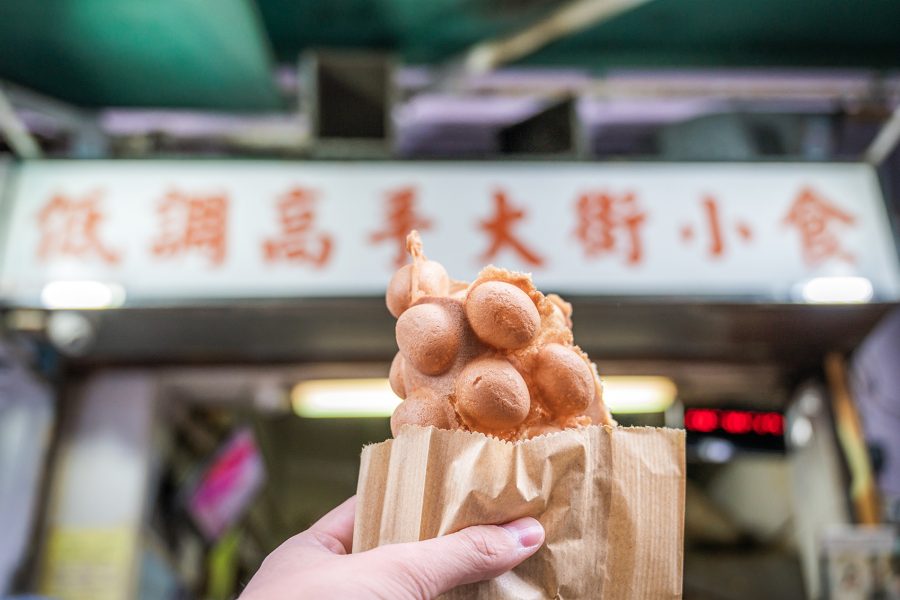Hong Kong might be the land of dim sum, but what locals eat on a daily basis goes well beyond har gow (shrimp dumplings). There are many lesser-known favourites, featuring ingredients and traditions from the city’s trading-port history as well as reflecting the fast food of yore – simple dishes originally designed to be sold by street vendors.
As roadside selling (or “hawking”, as it’s known) dies out, Hong Kong’s streetfood culture continues to flourish in other spaces, from tiny shopfronts to subdivided restaurants. Here’s our guide to what to eat in Hong Kong.
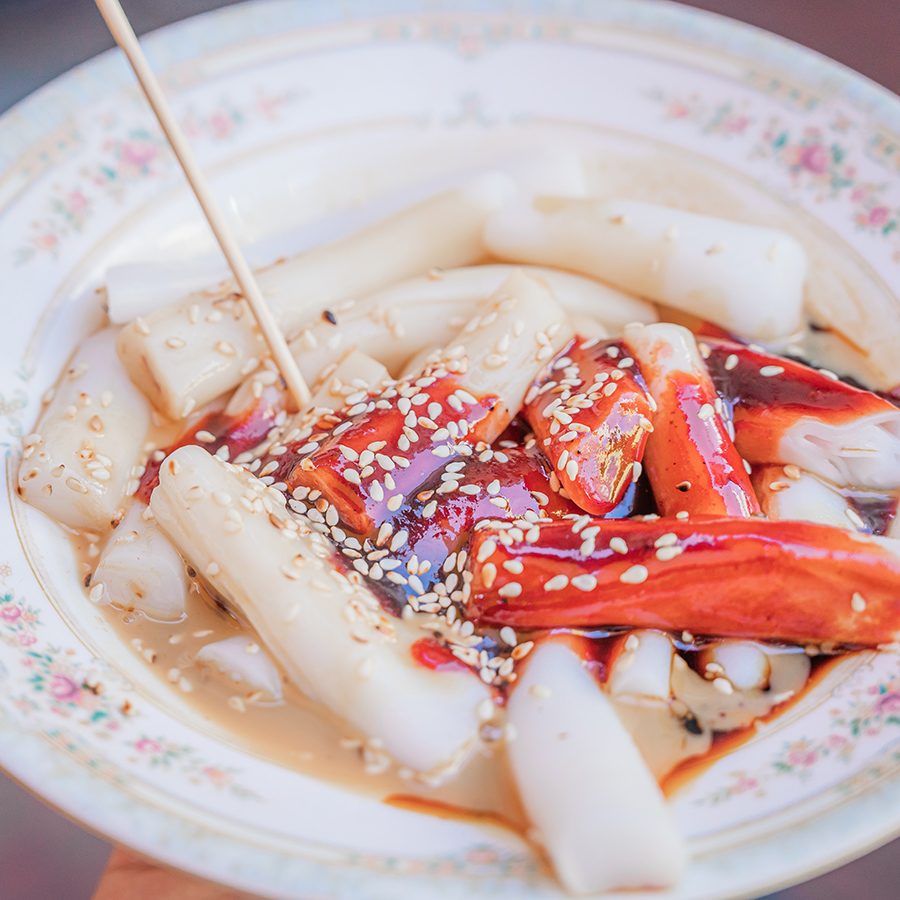
Credit: Tommy Tang

Credit: Tommy Tang
Cheung fun
Where to try it: Hop Yik Tai
Ask a Hongkonger what their favourite after-school snack was, and there’s a good chance they’ll say ju cheung fun – unfilled rice paper rolls doused in hoisin, peanut and soy sauces, sprinkled with toasted sesame seeds and eaten with skewers used as ad hoc chopsticks. With the advent of industrial food, it’s become increasingly rare to find rice paper rolls without additional fillers, and Sham Shui Po institution Hop Yik Tai is one of the last bastions of the traditional version. Although there are seats inside the tiny shop, chow down while standing in the adjacent alley for the true street food experience.
121 Kweilin Street, Sham Shui Po; 2720 0239

Credit: Artem Zakharov/Getty Images
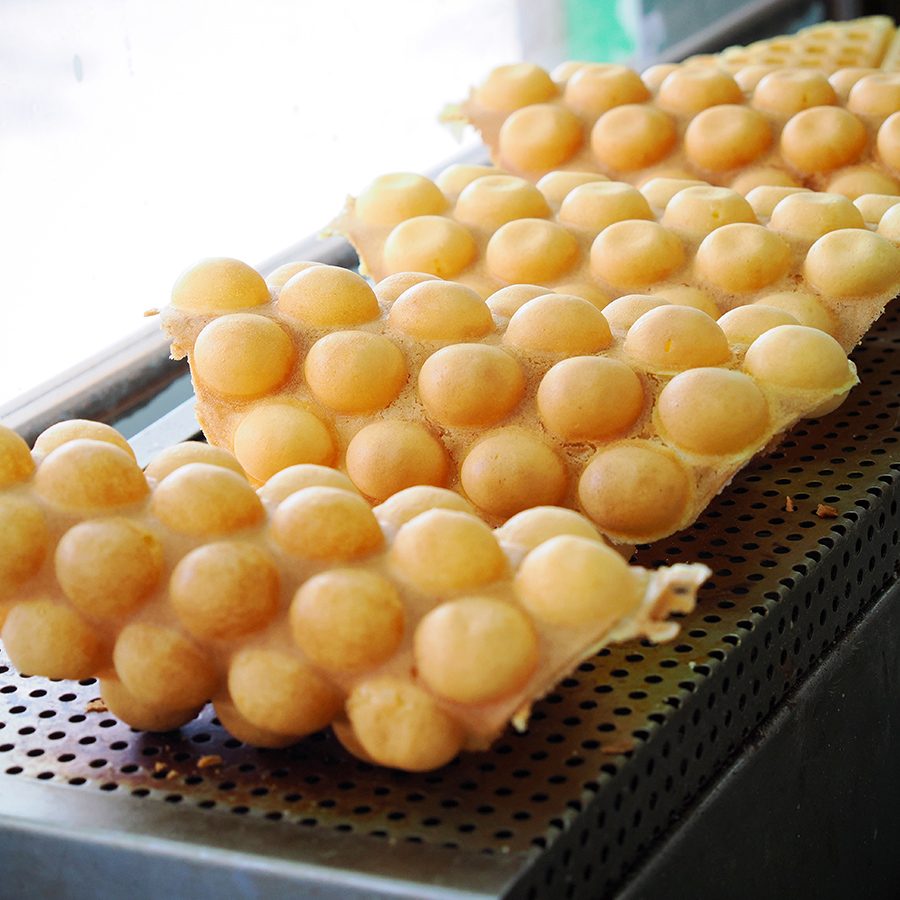
Credit: josephmok/Getty Images
Egg waffles
Where to try it: Master Low-Key Food Shop
Legend has it that gai daan zai, or egg waffles, were created by a grocery shop owner who had to use up some broken eggs. They were once sold from streetside carts, but vendors have since moved into shops, and many have modernised the original recipe to include flavourings such as chocolate chips or matcha. Master Low-Key serves several variations of this beloved Hong Kong snack; we recommend the original and salted egg yolk. You’ll also find the egg waffle’s sidekick, “grid pancake”: a classic waffle folded into a sandwich of butter, condensed milk, peanut butter and a sprinkle of white sugar for added crunch.
Two locations including: Shop A, G/F, Mayland Court, 1-7 Shelter Street, Causeway Bay, 5722 5200

Credit: Tommy Tang
Wonton noodles
Where to try it: Mak An Kee Noodle Restaurant (Chung Kee)
Wonton noodles – dumplings filled with shrimp and sometimes pork, served with thin bouncy noodles in a clear broth – are said to have been invented by a Guangzhou man called Mak Woon-chi about a century ago. His son brought the dish to Hong Kong, and since then the Mak name has almost become synonymous with wonton noodles, with branches of the Mak family tree opening dumpling shops around the city. This Mak’s, also called Chung Kee, was opened by one of Mak Woon-chi’s grandsons, who says that his wontons are made according to the original recipe of shrimp-only dumplings.
37 Wing Kut Street, Central; 2541 6388
Tofu fa
Where to try it: Kung Wo Dou Bun Chong
Chinese-style tofu, made by setting soy milk with gypsum, is a fresh product that spoils easily, so before the age of refrigeration and preservatives there were tofu shops like Kung Wo in every neighbourhood. Apart from selling blocks of tofu that you can buy to cook at home, tofu shops are also known for a snack – tofu fa – which are the delicate, just-set tofu curds, designed to be eaten with a dusting of cane sugar. If you don’t have a sweet tooth, you can still head into this retro shop for other local delicacies like fresh soy milk or pan-fried tofu stuffed with fish cake.
118 Pei Ho Street, Sham Shui Po; 2386 6871
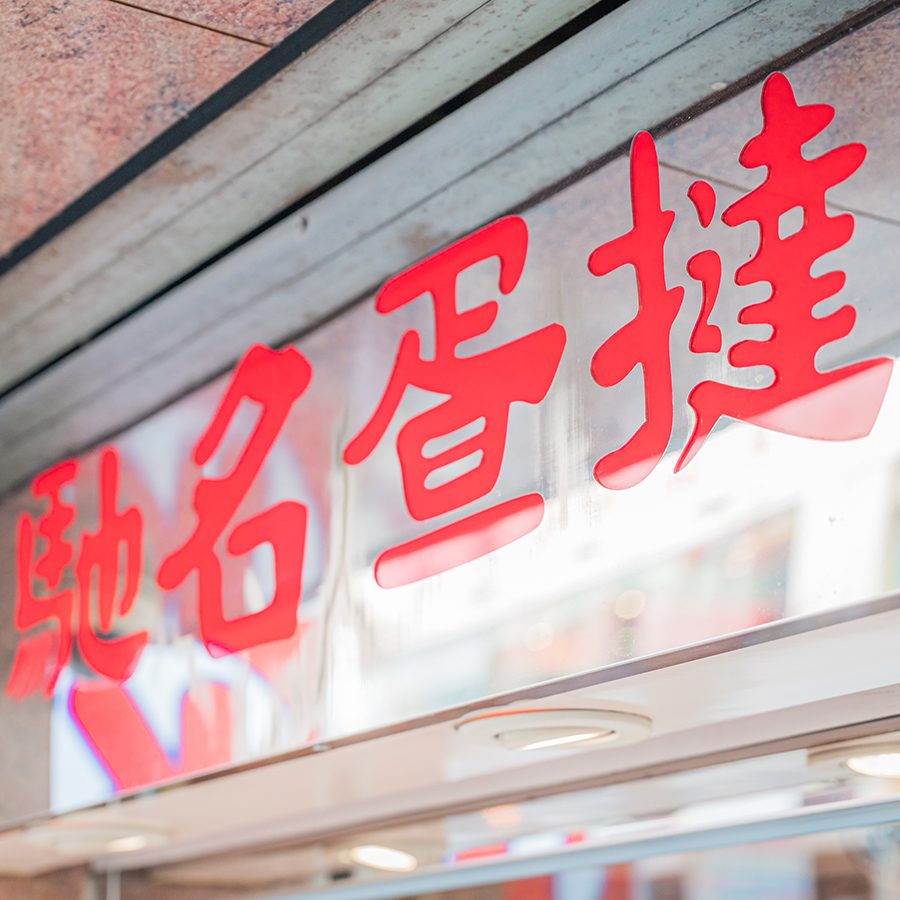
Credit: Tommy Tang

Credit: Tommy Tang
Egg tarts
Where to try it: Honolulu Coffee Shop
Hong Kong-style baking is the result of tweaking Western baking techniques for local tastes. One of the best examples of this unique Hong Kong fusion is the egg tart, inspired by the British custard tart, with a rich eggy filling that’s as delicate as silken tofu. There are two types of crust on the market – flaky or pie. Honolulu, which opened in Wan Chai in 1940, makes a delightful version with a flaky 192-layer crust.
176-178 Hennessy Road, Wan Chai; 2575 1823
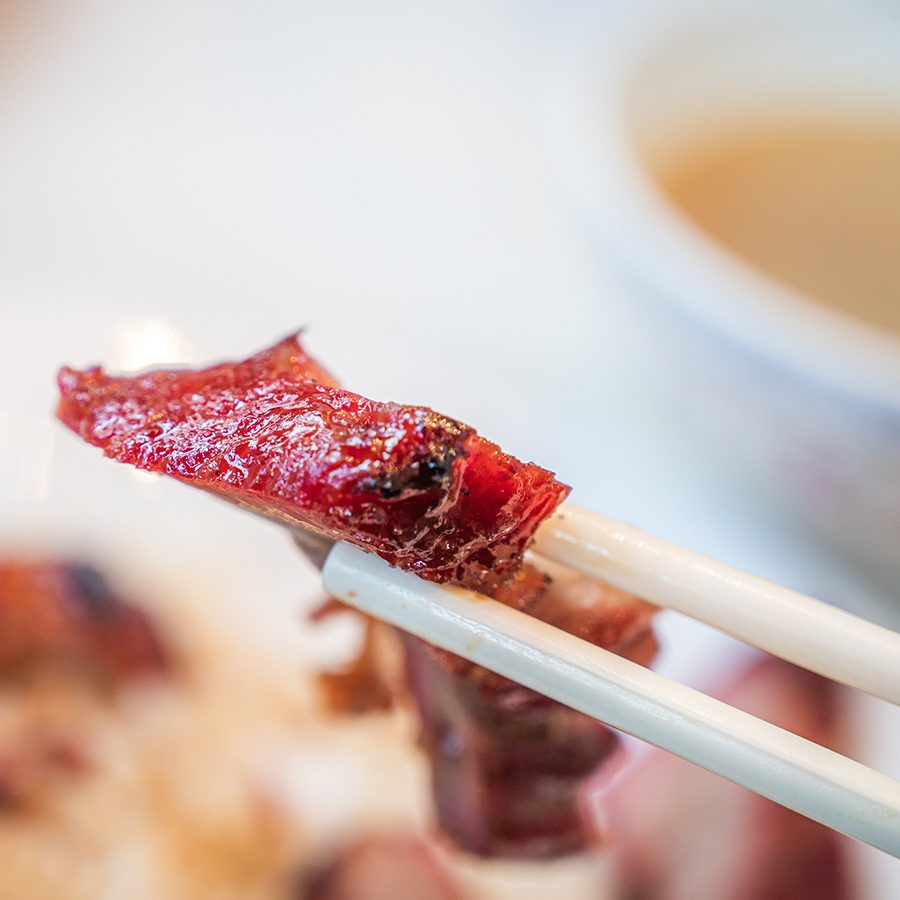
Credit: Tommy Tang
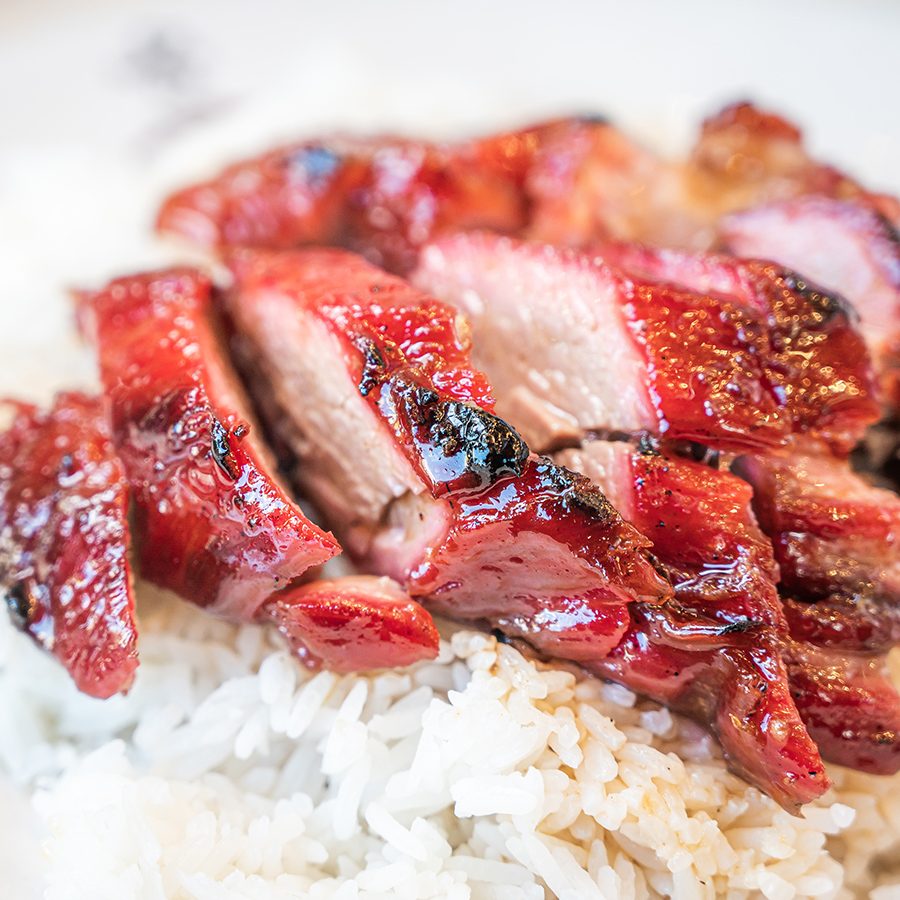
Credit: Tommy Tang
Char siu
Where to try it: Sun Kwai Heung
For some locals, there’s no greater Hong Kong food than char siu. The quintessential Cantonese dish of barbecued pork can be found everywhere from fine-dining restaurants to neighbourhood holes-in-the-wall like Sun Kwai Heung. Pork butt (which is actually the upper part of the shoulder) is the preferred cut for char siu. Although it’s deceptively simple to make – the meat is first marinated, then roasted twice (once to cook it through and another to caramelise the maltose glaze) – results can vary widely. Sun Kwai Heung is far from the centre of Hong Kong Island, but the perfect balance struck by its sifu (master artisan) draws char siu fanatics from all over the city.
G/F, Shop 17, Goldmine Building Block A, 345 Chai Wan Road, Chai Wan; 2556 1183

Credit: Tommy Tang
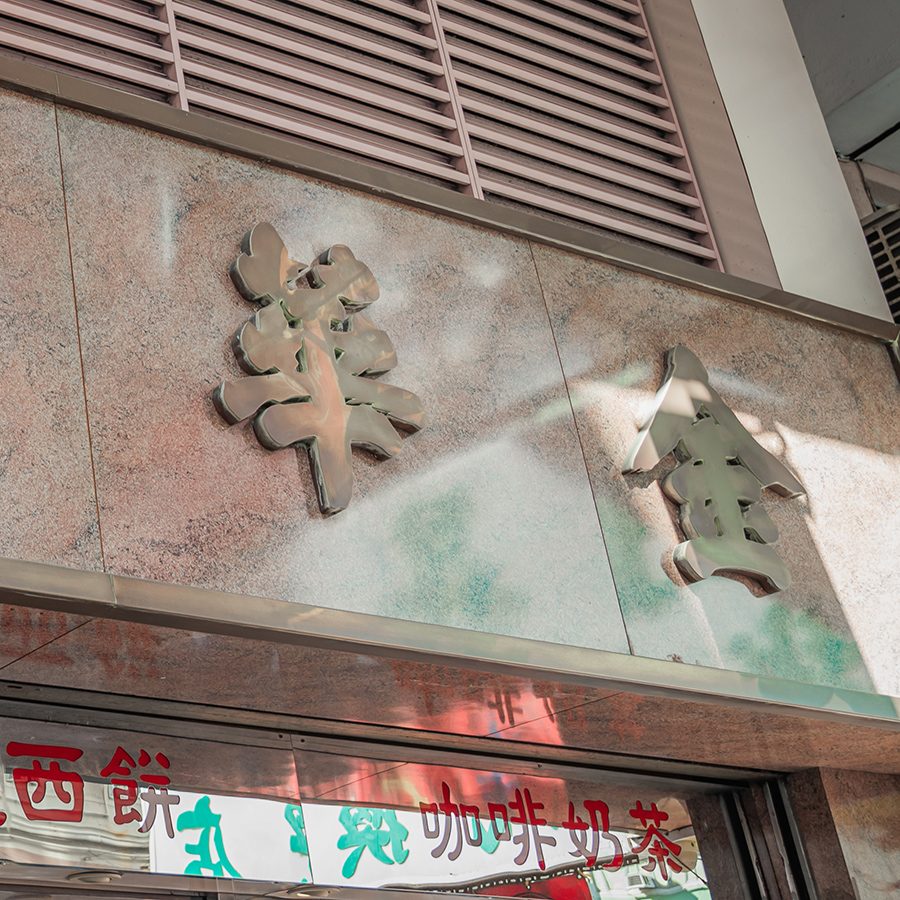
Credit: Tommy Tang
Pineapple bun with butter
Where to try it: Kam Wah Cafe
Another iconic Hong Kong food is the pineapple bun, so named for the crackly top that looks like pineapple skin. There’s no actual pineapple in the bun, but locals love a thick slab of cold butter inside, and Kam Wah is a perennial favourite for this calorific treat. Opened by a baker’s son in the 1970s, Kam Wah is a cha chaan teng, or Hong Kong-style café that proudly makes all its baked goods in-house. From pineapple buns to other great classics like coconut tarts and sesame-flecked chicken pies, this place is a must-visit for a taste of tradition.
47 Bute Street, Prince Edward; 2392 6830
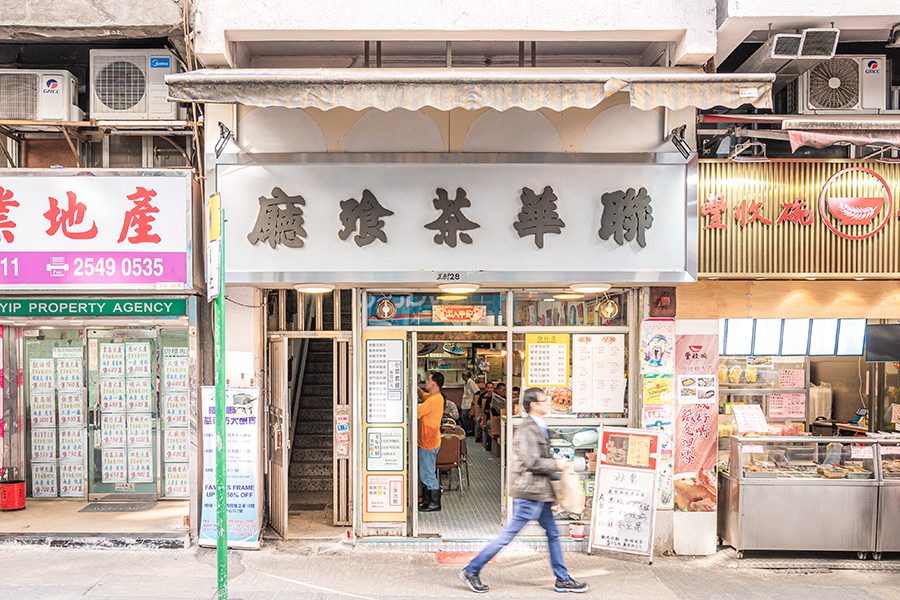
Credit: Tommy Tang

Credit: Tommy Tang

Credit: tc397/Getty Images
Cha chaan teng meal deal
Where to try it: Luen Wah
More than dim sum or noodle shops, the humble cha chaan teng represents the city’s best – here, dishes are edible metaphors for Hong Kong itself. Like many cha chaan tengs, a popular breakfast option at retro neighbourhood joint Luen Wah is macaroni served in soup (like a Chinese noodle soup) topped with ham. These ingredients aren’t Chinese, but thanks to Hong Kong’s trading-port past, they’ve been part of the culinary lexicon for decades. Any time of day you’ll find plenty of hearty East-meets-West meals, such as the signature pork chop and rice au gratin, with an optional Hong Kong-style borscht, made with tomatoes (more common in Hong Kong) rather than beetroot.
28 Centre Street, Sai Ying Pun; 2540 1563
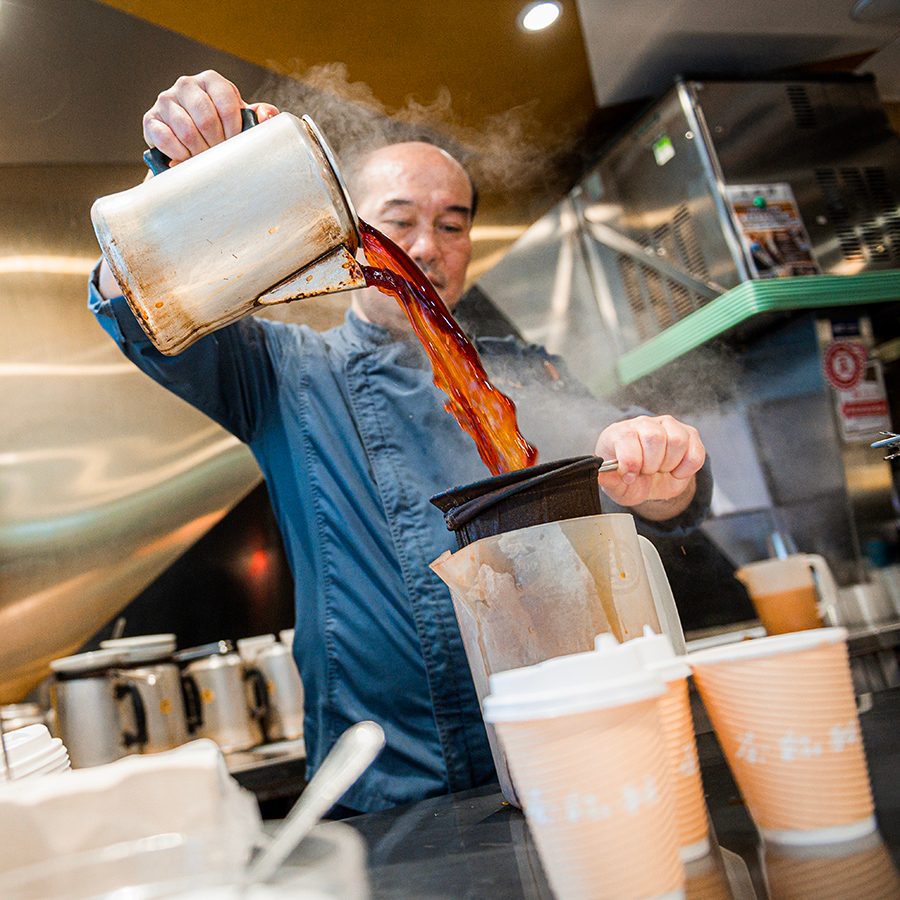
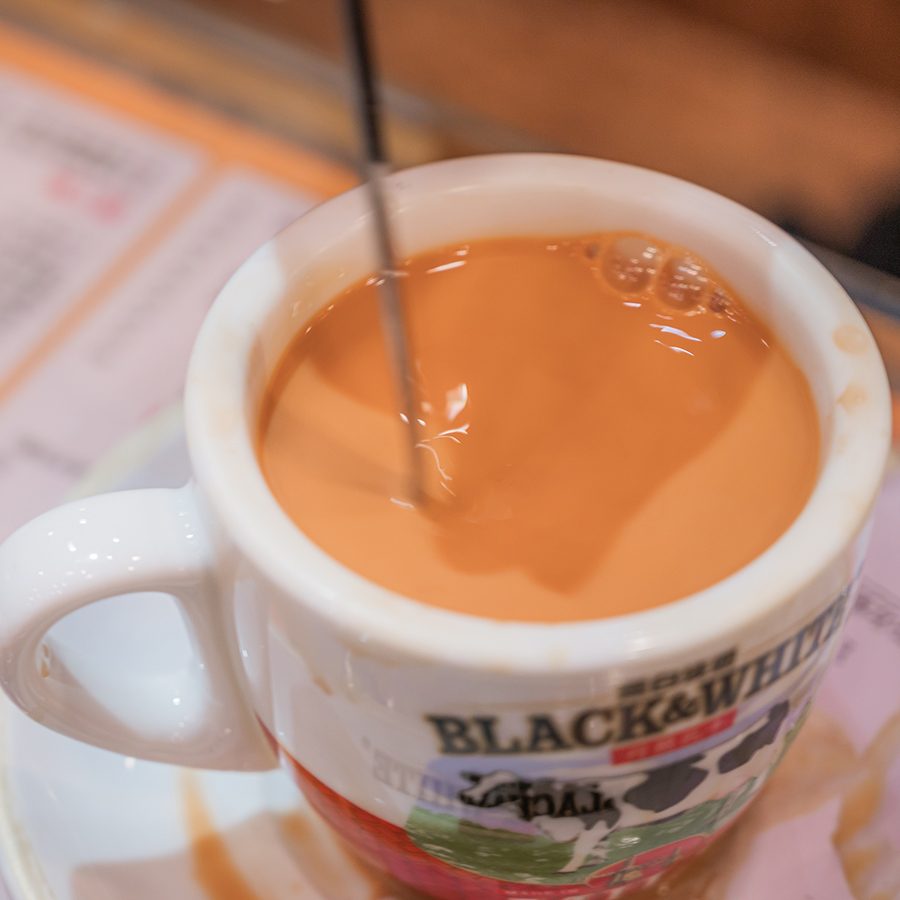
Credit: Tommy Tang
Milk tea
Where to try it: My Cup of Tea
Before the proliferation of hip coffee shops, Hongkongers’ caffeine hit of choice came in the form of nai cha, or milk tea. Although inspired by the British tradition of adding milk to black tea, the Hong Kong version is a navy-strength version of the British original, combining strong, sometimes even tannic Ceylon tea with unsweetened evaporated milk. It’s popular city-wide, either served hot or iced (a welcome treat in the summer). The significance of this daily brew is epitomised by the fact that there’s even an annual Hong Kong milk tea competition – and what better way than to start your day with My Cup of Tea ’s winning recipe.
6 Spring Garden Lane, Wan Chai; 2386 0007
More inspiration
Hong Kong travel information
- China – the Chinese Mainland, Hong Kong SAR, Macao SAR and Taiwan Region
- Hong Kong SAR - English
- Chinese Mainland (China) - English
- Taiwan, China - English
- 香港特別行政區 - 繁體中文
- 中国內地 - 简体中文
- 中國台灣 - 繁體中文
- Africa
- South Africa - English
- Asia
- Bangladesh - English
- Korea - English
- Singapore - English
- Cambodia - English
- 한국 - 한국어
- Sri Lanka - English
- India - English
- Malaysia - English
- Thailand - English
- Indonesia - English
- Maldives - English
- ประเทศไทย - ภาษาไทย
- Indonesia - Bahasa Indonesia
- Myanmar - English
- Vietnam - English
- Japan - English
- Nepal - English
- Việt Nam - tiếng Việt
- 日本 - 日本語
- Philippines - English
- Australasia
- Australia - English
- New Zealand - English
